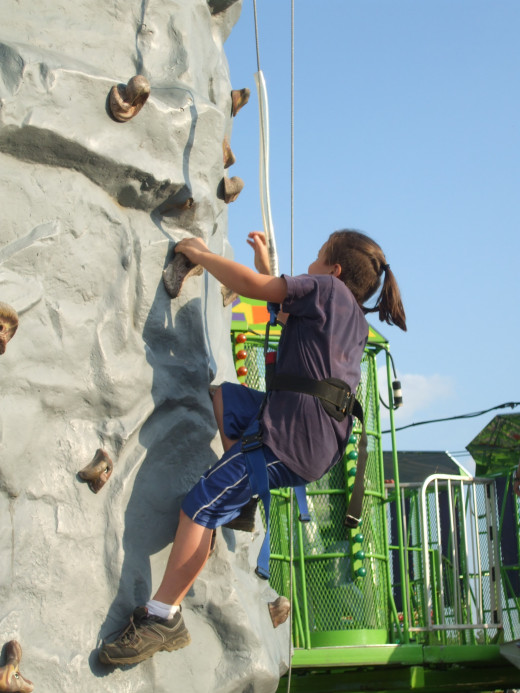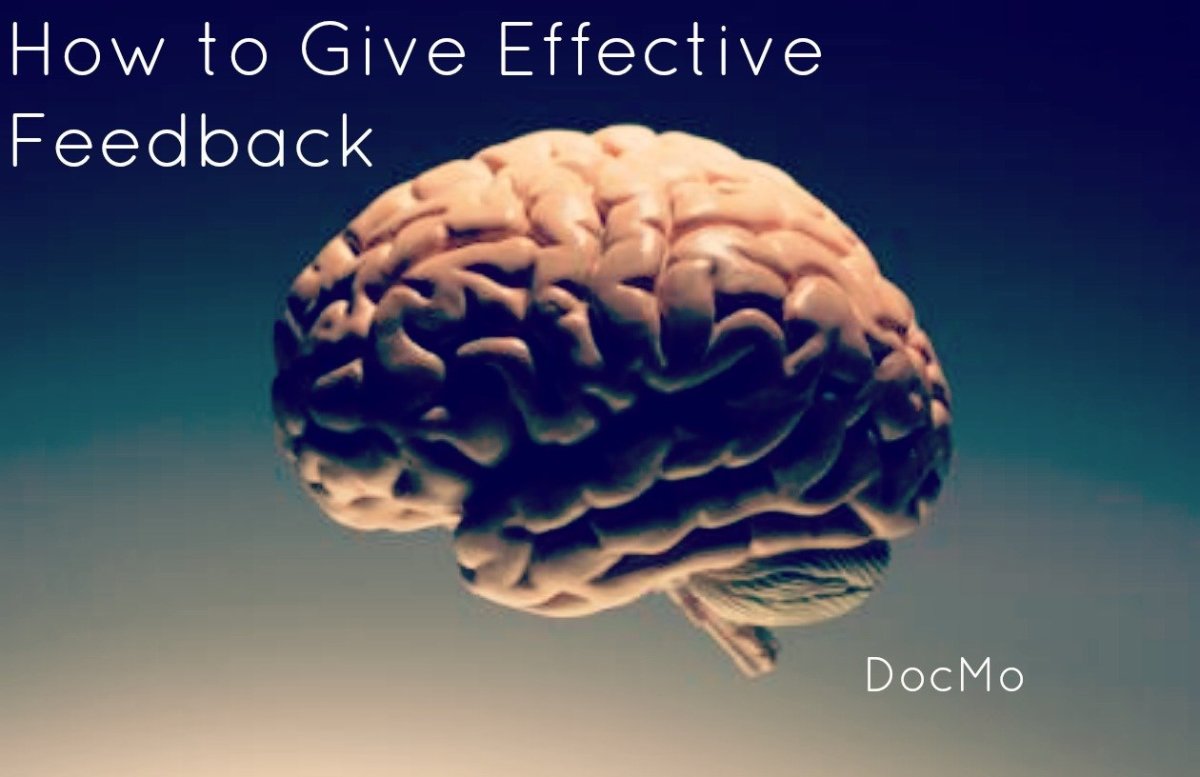Physical Education Intervention

Physical Education Intervention
An Instructional Intervention towards the Nations Academic Deficit
Learning is not always an easy task, especially when specific performance tasks are expected. Often, businesses, companies, industries, corporations, and other organizations instruct their employees to perform specific work tasks because it ensures the efficiency and effectiveness of an entire process. For example, a building contractor may hire a supervisor to oversee each phase of construction and crew performances. Each phase of construction may have several crewmembers that are skilled to perform specific tasks, such as measuring material, cutting the material, applying the material, and cleanup laborers. The purpose of instructional design is to assist learners to acquire specific skills and knowledge needed to achieve the final goal, such as attaining the mathematic and physical skills to cut the correct rafter angles in order to achieve the desired roof slope. More importantly however, instructional designs assist with resolving learning performance issues, an intervention needed in educational structures throughout the United States.
The Purpose
The intention of this composition is to expose an issue that instructional design may resolve as well as expose the complex process of developing the design. However before we proceed with implementing an intervention for the issue, it will be ideal to establish the general knowledge pertaining to the concern. The No Child Left Behind Act primarily focuses on granting all students with equal learning opportunities, but provokes the learning concern. The act encumbers school districts to meet higher academic standards and as a result, the national responses are for school districts to remove physical education and recess to allow more time for cerebral classes (Rothstein, 2009). National budget cuts also force school districts to dismiss physical activities simply because it appears to be a less significant contributing module towards learning endeavors (Villaire, 2012). The concern is student performances appear to be failing in the United States because physical activities do not appear to be an essential module in school curriculums. However, the intervention of instructional design may resolve the national concern.
Needs Analysis
The first phase in developing an instructional design to resolve the U.S. educational performance concern is to conduct a needs analysis. A needs analysis procedure will help determine a type of change that needs to occur to achieve the desired goal, but there are many approaches to choose. After reviewing several theories, I have decided to use Rossett’s five-step process because the approach appears to be most effective in determining the type of change needed. Rossett’s first step includes identifying the cause that initiated the problem (Green, 2011, p. 48). The concern I identified is performance issues with U.S. students, which are due to heightened national academic standards and national budget cuts. The adversities set by the nation’s mandates cause a national response to dismiss physical activities as a resolution because the dismissal will assist balancing the educational budget as well as acquire more time to apply towards more cognitive classes. However, the decision to remove physical activities, such as physical education and recess prove to hinder student academic performances.
Identifying Sources
Rossett’s second step to conducting a needs analysis is identifying sources that attain the information related to the problem (Green, 2011, p. 49). Sources I need to explore are the academic records of public school and information from scientists, educational administers, students, parents, and so on. Another essential source relative to the issue is research regarding physical movement and education in order to obtain evidence that physical movement is a major module in learning endeavors. In addition, the internet may serve as viable source to attain the necessary information, so as long as creditable sources are in use. However, I may need to alert certain individuals (p. 49), such as state officials, educational administers, faculty, students, physical educators, scientists, and so forth with my involvement in developing a solution in order to obtain the necessary cooperation and information.
Methods to Retrieve Necessary Information
The third step of Rossett’s approach is to identify the effective methods to retrieve the necessary information to support the need for a change (Green, 2011, p. 49). Aside from collecting data to compare and contrast school performances that currently support physical activities with those that do not, I can also obtain the effects of school academic performance data records before and after the national adversities from national experts, state officials, and/or school district administers. I may also interview national, state, and local educational officials as well as physical education experts, scientists, students, parents, and community members to acquire a diverse perspective of the issue and the proposed solution. However, attaining the information through interviews may not be as efficient; therefore, questionnaires may be provided to students, community members, and school faculties to obtain information in quantity. While waiting to arrange with educational officials, scientists, and to receive answered questionnaires, literature and the internet may offer an abundance of opinions, ideas, data, and other essential information to support the necessary change proposed in the plan of the instructional design.
1st, 2nd, and 3rd Stages
The fourth stage includes the first, second, and third stage of Rossett’s approach to a needs analysis. After identifying the problem, sources, methods, and receiving the data requested to support the need for a change, the fourth stage is to evaluate the information to determine if the material supports the type of change or if additional information is required. If additional information is required, I need to revisit and perform steps two and three again and then reevaluate the information. However if the information gathered is adequate, I can continue onto the fifth stage (Green, 2011, p. 49).
Develop a Solution
The last or the fifth stage of Rossett’s needs analysis approach is to develop an appropriate solution to the issue based on the information collected (Green, 2011, pp. 48-49). However, it is ideal to perform formative assessments or periodic assessments of the needs analysis to ensure the data is valuable. Ways to conduct formative assessment for my needs analysis is to communicate with educational officials and scientists about the data collected and/or complete a member check. A member check according to my needs analysis assessment is sharing ideas with school administrators, faculty, teachers, students, and other targeted groups that are to receive the change in an attempt to attain their perception of the instruction and the success of the needs analysis (p. 52).
Learner & Tasks Analysis
After assessing my needs analysis, my solution or instructional goal for my proposed solution is for teachers to attain the knowledge and understanding to implement physical movement successfully into classrooms curriculums. However, it is ideal to conduct a learner analysis and tasks analysis to develop an effective and efficient instructional plan. A learner analysis consists of understanding the target audience that the instruction design intends to change. For example, my design primarily targets teachers, so I would attain information about teachers to obtain an understanding of their knowledge and preferred teaching methods in an attempt to avoid instructing already retained information and skills. According to Morrison, Ross, and Kemp, conducting a task analysis will assist with identify the content and/or tasks that make up the instructions that need to be developed, often includes working with a subject matter expert, and allows the instructional designer to view the content through the learner’s perspective. The process also assists with developing the sequence of the learning content in the instructional design. More importantly, task analysis helps establish subordinate goals towards achieving the final goal in an instructional plan (Green, 2011, p. 58).
Goals
After understanding teachers as my target audience and completing a task analysis to identify the most effective and efficient content, I can create an instructional plan complete with instructional objectives towards achieving the instructional goal. One objective or subordinate goal would include that teachers will know how physical movement promotes neuron connectivity, enhances mood, improves memory, increases attentiveness, and improves other learning performances. Teachers will also know the different exercises that promote enhancing different learning performances. Another objective teachers will know is that they can incorporate physical movements directly and/or indirectly into daily classroom studies. Additionally, teachers will be able to evaluate student behavior and recognize when to apply physical movement interventions, know how to apply different strategies that encourage students to participate in physical movement, and be able to apply innovative methods to implement physical movements. After the teacher achieves the instructional objectives, the teacher will then be able to implement the instructional goal or successfully apply physical movement into daily classroom programs.
Organizing Content
With the instructional goal and the instructional objectives established, the next step is to organize the instructional design. Organizing the content will assist with creating an effective guideline as well as establishing and creating the instructional activities for each content. There are several methods to organize instructional content, but I chose curriculum expert George Posner’s content structure to assist the organization of my design content. Posner’s content structure organizes instruction vertically and horizontally by concepts, skills, or attitudes learners acquire (Green, 2011, p. 103). Posner’s vertical organization or the first step of my design curriculum is to inform teachers with information pertaining to the U.S. academic performance issues in an attempt to attain their attention and acceptance for the need of an intervention. Next, the design will instill how physical movement can serve as the intervention that improves student performance. Then, the design will educate the teachers on how they can implement physical movement into the classroom. After attaining the necessary knowledge, the last vertical step in the design curriculum will instruct teachers with skills, methods, strategies, and innovations to implement physical movement into daily classroom studies. In addition to each sequential step, the design curriculum will consist of Posner’s horizontal organization or a list of activities that relate to each sequential objective.
Learning Environment
However, before devising the lists of activities, it is essential to determine the design of learning environment. There are essentially two different types of learning environments to consider, an open-ended and a direct learning environment. An open-ended learning environment occurs when the instructor simply guides the learner and a direct learning environment occurs when the instructor teaches the learner (Green, 2011, pp. 118-120). However, the type of instruction also shapes the design of a learning environment. For instance, I believe a direct learning environment is appropriate for my design because the plan prescribes structured activities and objectives that teachers must complete and retain, but the type of instruction shapes the design of the environment according to perspectives of learner-centered environments and/or knowledge-centered environments. Learner-centered environments shapes the design of the environment by utilizing the instructional content teachers already attain about physical movement and education to improve and generate new perceptions of the concepts. Knowledge-centered environments shapes the design of the environment by exposing teachers to well-organized knowledge to facilitate strategic thinking (p. 117), which will allow teachers to innovate ideas to implement physical movement into the classroom.
Delivery Method
With the design of the learning environments established, the method of delivering the instructional design can be determined. I believe the most effective and efficient means to deliver my design is the traditional classroom setting. This method is efficient and effective because one instructor can educate numerous teachers. More importantly, classes may consist of teachers of various ages, background, beliefs, and perspectives that will supplement the learning experience. Additionally, the delivery method is effective because the learners or the teachers can share immediate feedback with their instructor and other teachers in real time (Green, 2011, pp. 108-109). However, as a continuum to learning, teachers can engage in open-ended learning environments with programmed instruction and distant education (pp. 108-109) as well as perform independent research, or attain knowledge through social internet blogs, discussions, debates, and so forth.
Design Activities, events, and Interactions
After identifying the organization of the structure, the design of the learning environment, and the method of delivery, I can develop the appropriate activities or the interactions and events related to achieving the objective goals in the design. There are many different kinds of learning activities however, but it is important to include activities that involve categories of instructional strategies based on proven practices. Instructional strategies that I can base activities with are identifying similarities and differences, generating and testing hypothesis, questions, cues, and advance organizers (Green, 2011, p. 125). For example, I may include the strategy of generating and testing a hypothesis for each instructional objective because it encourages further learning engagements, explores different reasoning approaches, and promotes better decision-making and problem solving towards the issue and resolution. There are other strategies as well, such as problem-based learning, which engages students to identify an issue and to devise a reasonable solution. Including a problem-based learning activity throughout my design will assist in the continuum of formal instruction, which will help teachers develop and refine a meaningful understanding of the traditional classroom activities (p. 121). Other activities may include videogames, puzzles, crosswords, and other virtual strategies to refine knowledge, skills, review content, and to heighten or introduce new concepts. Furthermore, technology enhances learning growths because it intrinsic motivation (p. 74), inspires, and improves attentiveness.
Formative Assessments
Although there are many steps in the process of developing an instructional design, evaluation is an essential to conduct before the instructional intervention can occur. There are two types of evaluation that I will utilize to ensure that my design is the most efficient and effective design. The first evaluation is the formative assessment, which is the process of evaluating the learner through each subordinate goal and/or the activities to ensure if the learner is ready to move forward (Green, 2011, p. 162). For example, before the learner involved with instructions from my design can progress towards the next subordinate goal, knowing how to implement physical movement, the teacher would have to pass a test that asks to identify what physical movements aid what learning performances. If the learner passes the assessment then he/she is qualified to move forward, if not, the learner will need additional instruction and/or repeat the activities to achieve the instructional objective. Evaluating the learner can be as simple as observation or having the learner complete true and false questions, multiple-choice questions, written evaluations, performing demonstrations, and many other assessment strategies to evaluate the success of learners with the instructional objectives towards achieving the instructional goal.
Summative Assessment
While formative assessments are ideal to evaluate learner progressions, a summative assessment also evaluates the learner. A summative assessment occurs after the instructional intervention and evaluates if the learner achieved the instructional goal (Green, 2011, p. 168). For my design, I would include a demonstration summative assessment. A demonstration summative assessment evaluates the performance of the knowledge and skills the learner achieved through the process of a demonstration(s). The instructional goal of my design is for teachers to implement physical movement into the classroom, so the final assessment for the teacher would include a demonstration assessment(s). If knowledgeable, the demonstration(s) would include the use of physical movement to supplement the learning need, recognition of when to implement physical movement, direct and indirect methods of implementing physical movement, and an innovative idea to incorporate physical movement into classroom studies. The teacher should also support and be confident with his/her demonstration in order to illustrate an effective performance. However, if there are concerns with the goal and any of the objectives in the demonstration assessment, the teacher may need additional instruction and/or repeat the necessary required modules. In addition to evaluating the learner, the summative assessment measures the value of the instructional design. If learners continue to fail the summative assessment, the design may become discontinued (p. 168).
Conclusion
Developing an instructional design to train specific knowledge and skills or to provide a solution in performance gaps is not an easy task. However, with understanding of the procedures in the process, instructional designs can be an efficient and effective means to resolve functional issues. After conducting the instructional design process, I conclude that my design can resolve the United States academic performance deficit. My needs analysis data would vindicate that the national response to remove physical activities is a major reason for the nation’s academic deficit as well as concluding that physical movement is an essential element for enhancing learning growths. With the appropriate data, I am also able to develop an instructional goal, subordinate objectives, and specific activities that target the correct audience. The design structure can also be well organized and delivered in an accurate learning environment through a traditional setting. The last task before considering the instructional intervention is to complete several learner assessments during the learning progression as well as perform a summative assessment to ensure the design is efficient and effective. If there is a need for a change in order to satisfy performance issues, instructional designs are an effective solution to resolve the issue.
References
Green, A. B. (2011). The Esssentials of Instructional Design: Connecting Foundamental Principles with Process and Principles. Massachusetts: Pearson Education, Inc.
Rothstein, R. (2009, October 13). The Prospects for No Child Left Behind . Retrieved April 14, 2012, from Economic Policy Institute: http://www.epi.org/publication/pm149/
Villaire, T. (2012, n/a n/a). Decline of Physical Activity . Retrieved April 14, 2012, from National PTA: http://www.pta.org/topic_decline_of_physical_activity.asp







